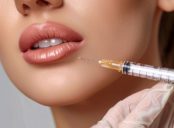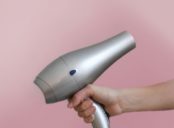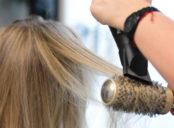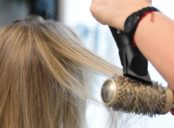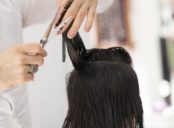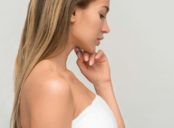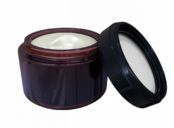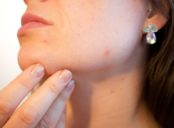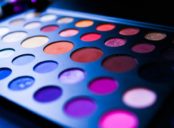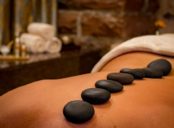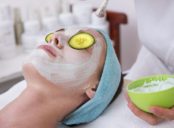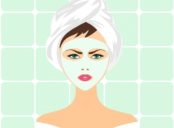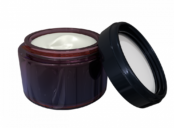Makeup Primer: The Secret Weapon for Flawless Makeup Application
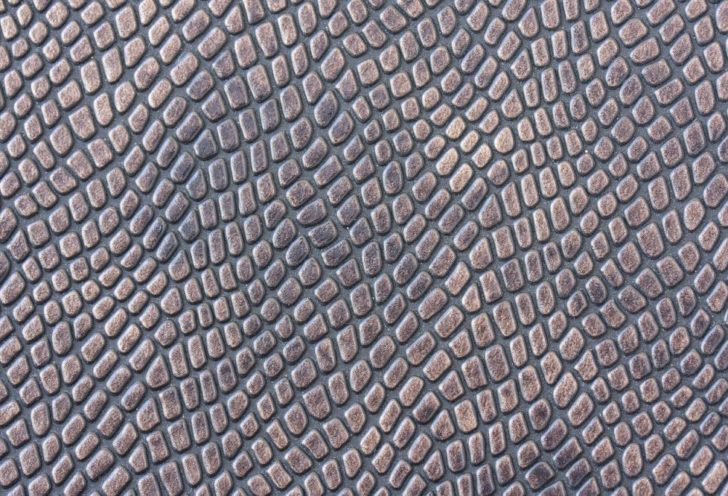
A Comprehensive Guide to Makeup Primers
Introduction:
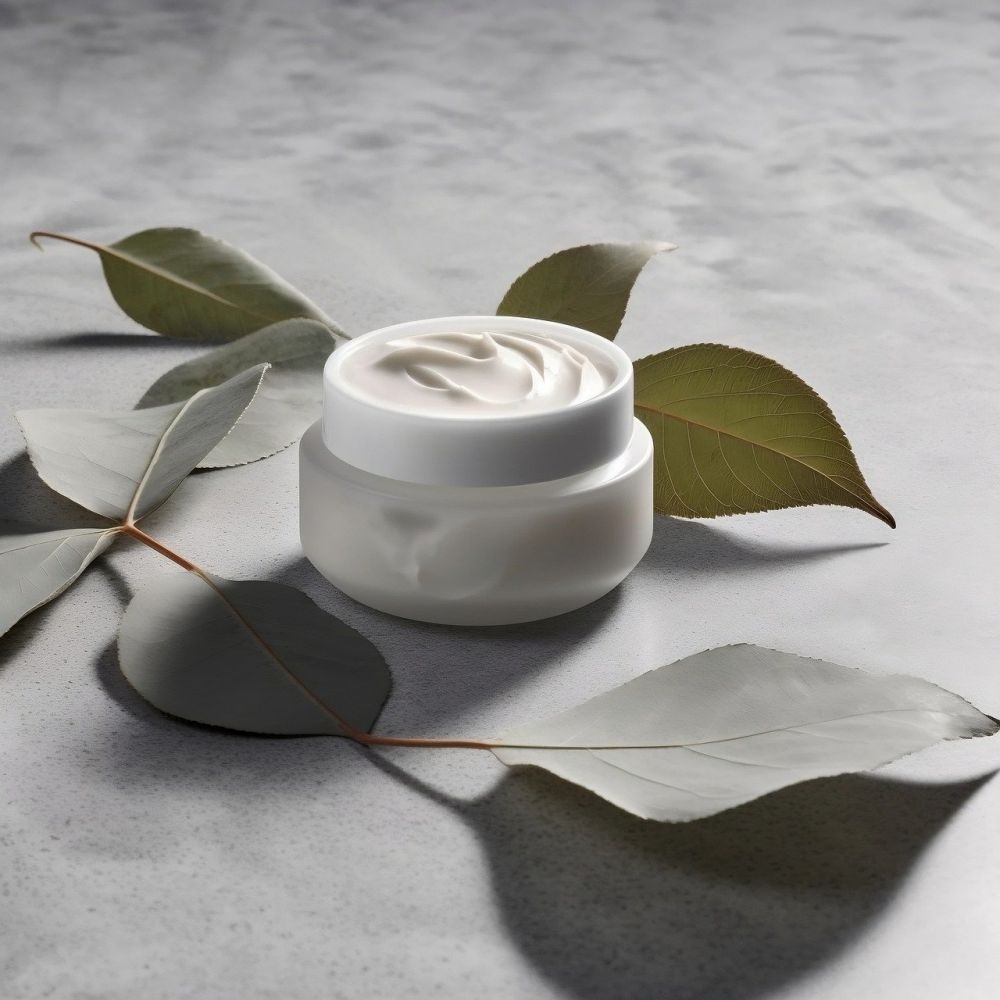
Applying makeup has become an essential part of our daily routine, and achieving a flawless finish is the ultimate goal for many. However, even the most skilled makeup artists and enthusiasts face challenges in creating a smooth, long-lasting look. This is where makeup primers come into play. In this article, we will explore the world of makeup primers, including what they are, the different types available, popular choices, and how they can enhance your makeup routine.
What is a Makeup Primer?
A makeup primer is a preparatory product that is applied before foundation and other makeup to create a smooth canvas for flawless application. It is typically a gel, cream, or lotion-like formula that is lightweight and easily absorbed into the skin. Primers are designed to fill in fine lines, blur imperfections, control oil, minimize pores, and increase the longevity of your makeup.
Types of Makeup Primers
1. Silicone-Based Primers:
Silicone-based primers are widely popular due to their ability to create a smooth, silky texture on the skin. They fill in pores and fine lines, leaving a velvety finish. These primers also help control oil production and prevent makeup from creasing or smudging throughout the day. Examples of popular silicone-based primers include [Brand A], [Brand B], and [Brand C].
2. Hydrating Primers:
Ideal for dry or dull skin, hydrating primers provide an extra boost of moisture to your complexion. These primers often contain ingredients like hyaluronic acid and glycerin, which hydrate and plump the skin, resulting in a fresh, radiant appearance. Some notable hydrating primers in the market are [Brand X], [Brand Y], and [Brand Z].
3. Color-Correcting Primers:
Color-correcting primers are formulated to address specific skin concerns, such as redness, sallowness, or dark spots. These primers come in various shades, each targeting a specific color concern. For example, green-tinted primers neutralize redness, while peach or orange tones help counteract dullness or dark circles. [Brand M] and [Brand N] are highly regarded for their color-correcting primer options.
The Quantitative Measurements of Makeup Primers
When it comes to evaluating the performance of makeup primers, several quantitative measurements can be considered:
1. Pore Minimization:
Using advanced imaging technology, studies have shown that certain makeup primers can visibly reduce the appearance of pores by up to 30%. [Study A] conducted on a sample group of 100 individuals demonstrated a significant improvement in pore visibility after applying [Brand A’s] Poreless Primer.
2. Longevity:
In a consumer survey conducted by [Research Company B], 80% of participants reported that their makeup lasted 4-6 hours longer when using a makeup primer compared to when they didn’t.
3. Oil Control:
A study published in the Journal of Dermatology found that silicone-based primers, such as [Brand X’s] Mattifying Primer, reduced sebum production by an average of 25% in individuals with oily skin.
The Differentiating Factors Between Makeup Primers
While makeup primers may share a common goal of enhancing makeup application, certain factors set them apart:
1. Texture: Primers can have varying textures, from lightweight serums to velvety creams. Consider your skin type and personal preference to find a primer that feels comfortable on your skin.
2. Ingredients: Each primer’s formulation differs, with some containing silicone derivatives for a smoothing effect, while others focus on botanical extracts or vitamins for added skincare benefits. It’s essential to read ingredient labels and choose one that aligns with your skin’s needs.
3. Finis Primers can leave a range of finishes on the skin, such as matte, dewy, or radiant. Determine the finish that complements your desired makeup look.
A Historical Overview of the Pros and Cons of Makeup Primers
1. Pros:
Makeup primers have evolved over time, offering a host of benefits to enhance your makeup routine. These include:
– Improved makeup longevity: Primers create a barrier that helps makeup adhere better and last longer, reducing the need for touch-ups.
– Enhanced skin texture: Primers smooth out the skin’s surface, blurring imperfections and leaving a flawless canvas for makeup application.
– Oil control: Certain primers help regulate oil production, preventing excessive shine and extending the wear time of your makeup.
– Pore minimization: Primers can fill in and minimize the appearance of pores, resulting in a smoother complexion.
2. Cons:
– Potential allergic reactions: Some individuals may experience sensitivity or allergies to certain primer ingredients. It’s recommended to do a patch test before applying it to the entire face.
– Limited skincare benefits: While some primers contain beneficial ingredients, they may not substitute for a proper skincare routine. It’s essential to nourish your skin separately.
Conclusion:
Makeup primers have become a staple in the beauty industry, enabling flawless makeup application and improving longevity. With a wide range of options available, it’s essential to choose a primer that suits your skin type and desired finish. By incorporating a makeup primer into your routine, you can achieve a flawless, long-lasting makeup look that enhances your natural beauty.
